在伦敦铸币厂前的游行抗议:一场对制度渗透的必要回应
中国民主党全国联合总部(海外)
China Democracy Party National Joint Headquarters (Overseas) (CDP)
2025年5月3日,中国民主党全国联合总部(海外)(CDP)成员参与了在伦敦皇家铸币厂旧址前举行的抗议活动,反对中国(CCP)政府在该地推进建设超级大使馆的计划。组织参与人员包括主席马迎来、组织部长章斌等,与来自香港社群、中国大陆流亡者、人权组织以及英国本地市民一道,共同发出立场清晰的声音。
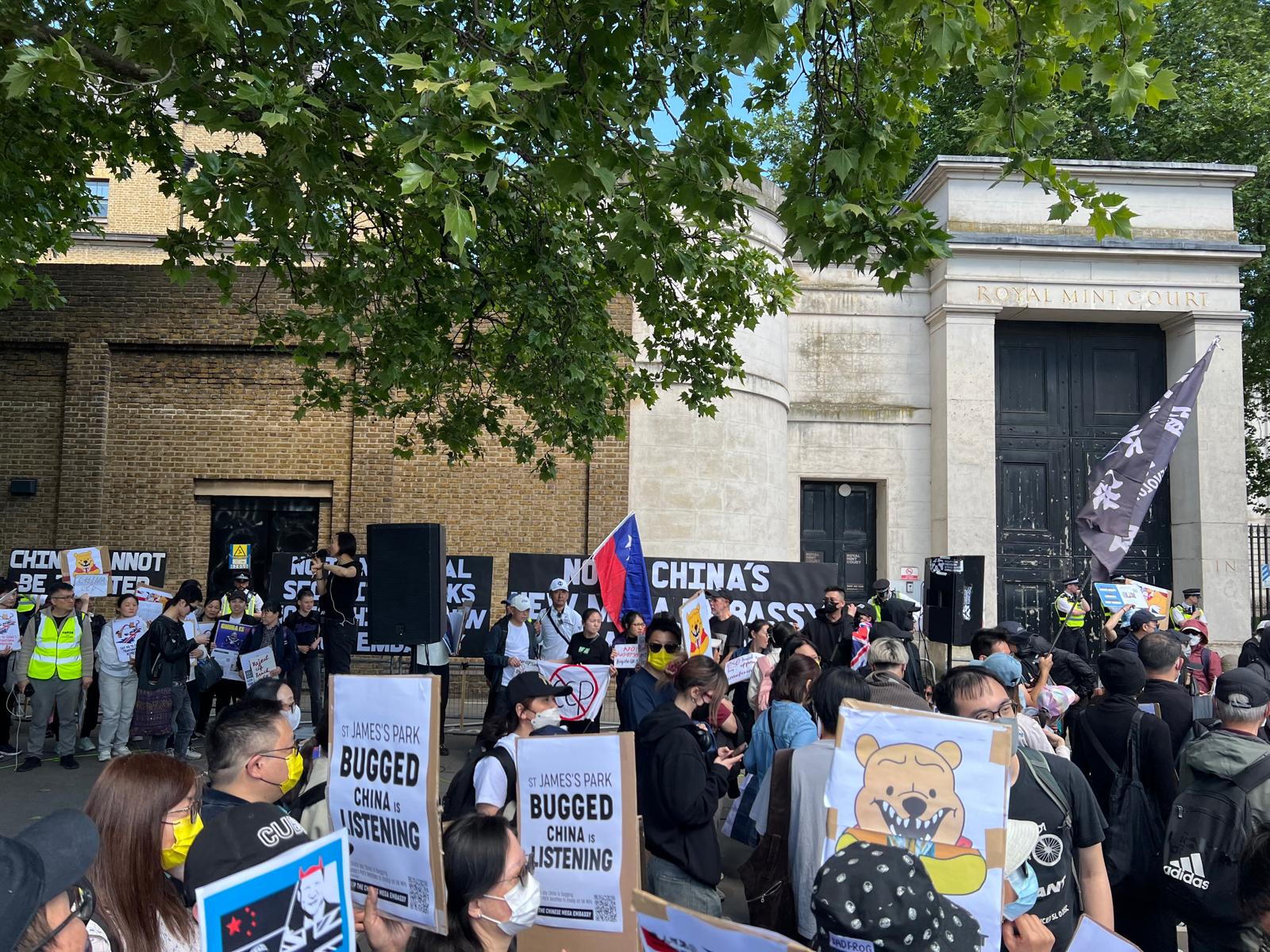
游行队伍围绕铸币厂区域行进,秩序良好,表达直接。与此前以静态集会为主的抗议相比,此次行动增加了可见度和集体性,显示出反对声音的持续性和广泛性。
中国(CCP)政府计划将皇家铸币厂旧址改建为中国驻英新馆,整个建筑群面积庞大,设计封闭,包含多栋建筑、宿舍区、高墙和安保系统。据公开资料,该馆建成后将成为全球最大规模的中国驻外机构之一。
尽管项目官方称其为“外交服务设施”,但在不少观察者看来,其功能可能远不止于此。对了解中共治理模式的人来说,这类项目往往不仅仅是外交场所,更可能成为统战、监控与跨国施压的支点。
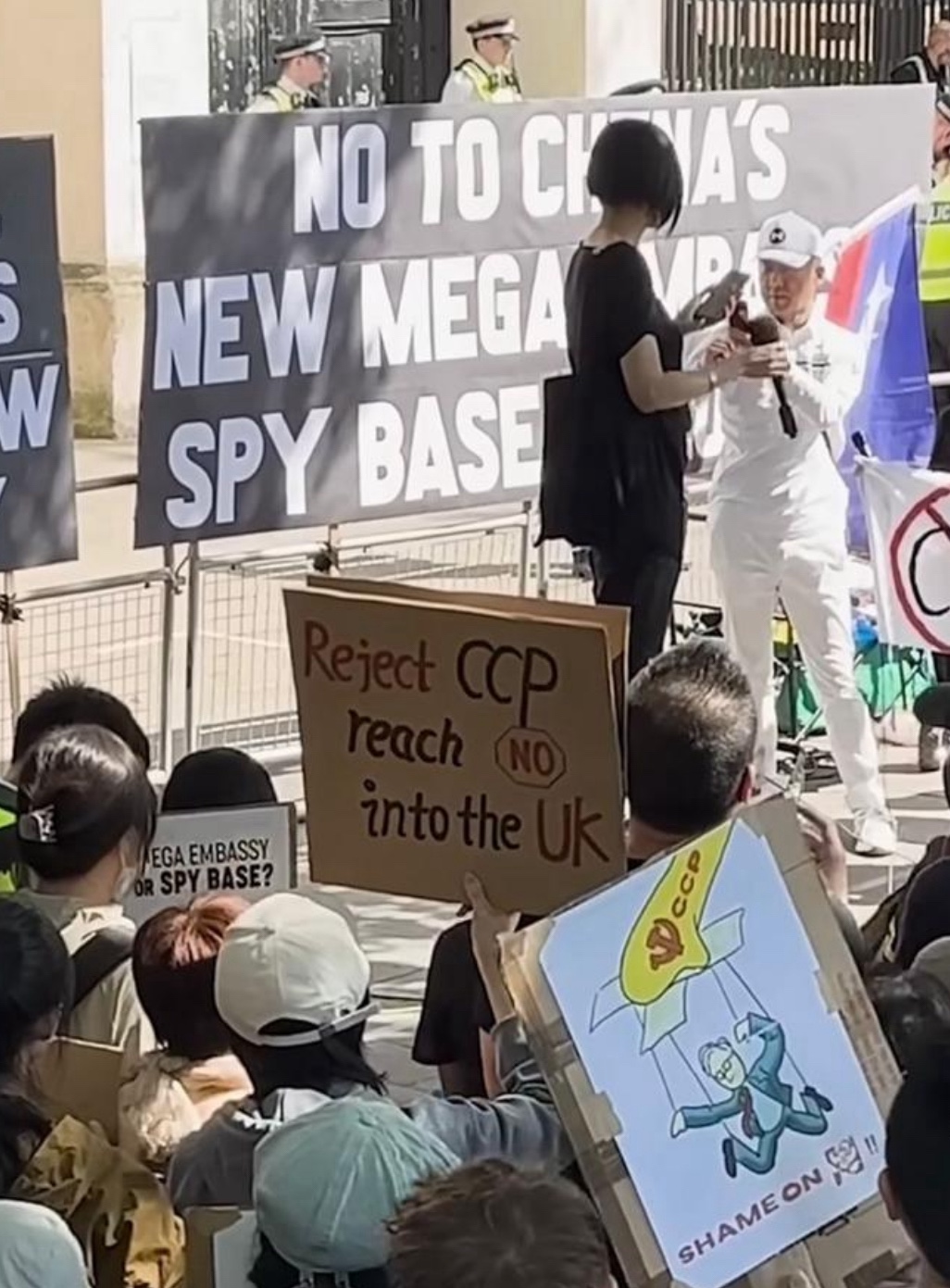
中国民主党全国联合总部(海外)主席马迎来在游行中表示:“我们反对的不是一座建筑,而是它所代表的制度逻辑。中共长期将其监控、施压与统治手段输出到海外。如果我们对这类工程保持沉默,等于默许极权渗透到自由社会的内部。”
他进一步指出:“这不是礼仪层面的外交安排,而是民主原则的挑战。生活在民主国家的人民,有权质疑这种政治性过强的外交建设。”
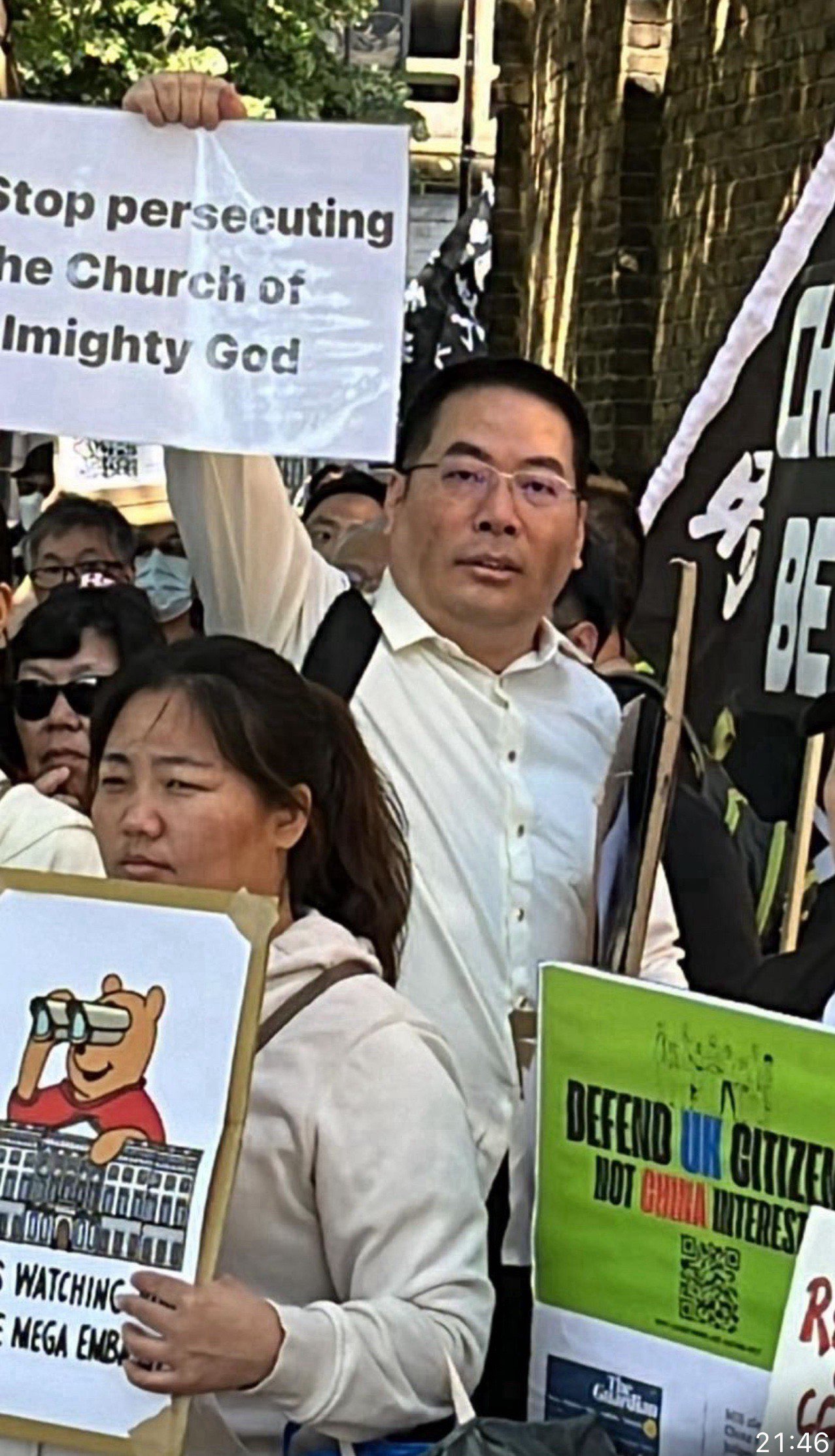
组织部长章斌表示:“我们亲身经历过中共体制的控制,深知这类机构在国内是如何运作的。在海外,它们可能并非只是办事处,而是信息搜集与政治施压的延伸。因此我们必须保持高度警惕。”

当天的游行除港人社群和流亡团体外,也有不少英国民众参与。他们表达了对该项目不透明、封闭性高、影响社区空间使用的担忧。此前,铸币厂所在社区已经发起多轮请愿,要求地方议会暂停审批,并组织更广泛的公众听证。
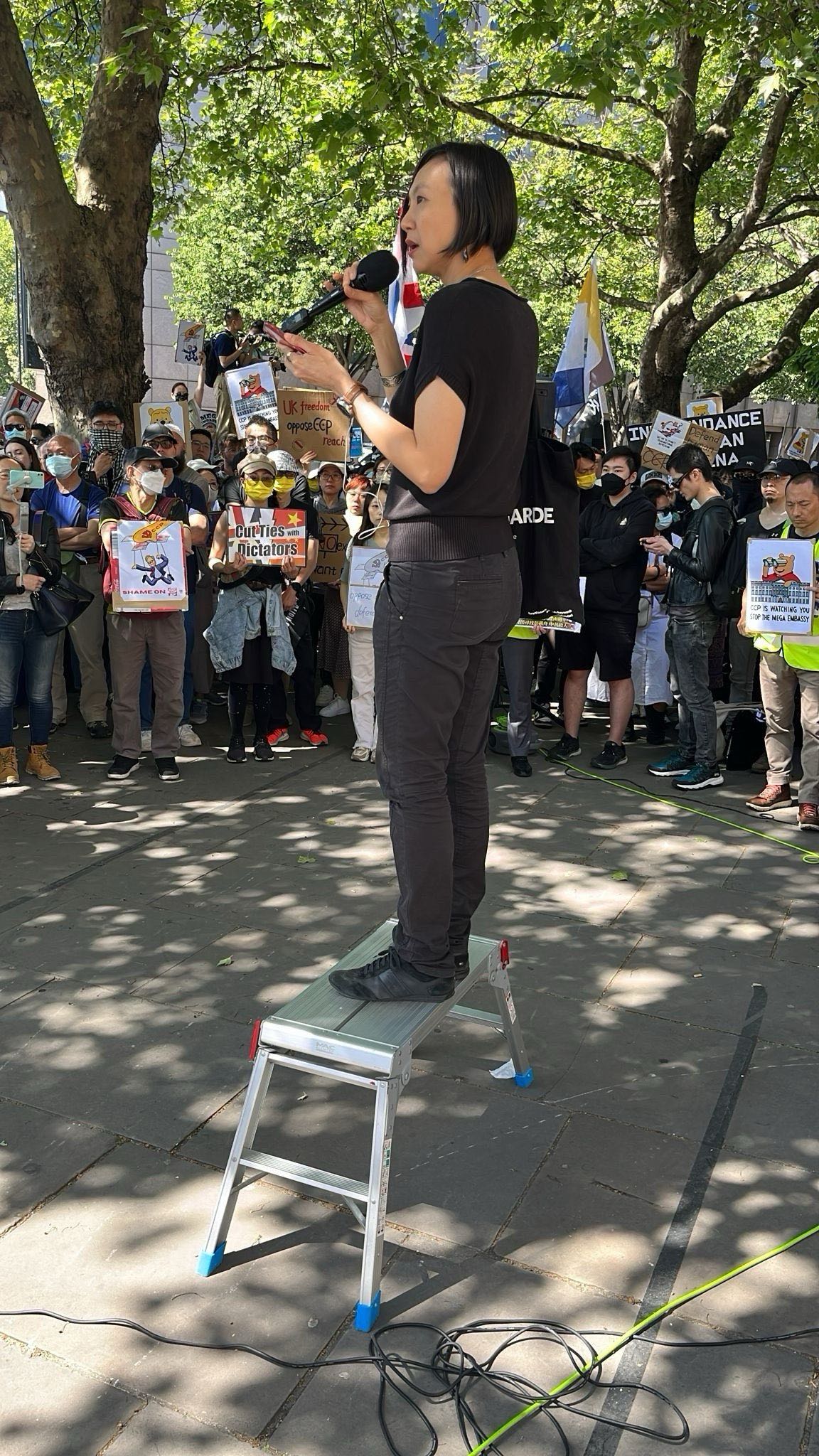
英国多家媒体当天进行报道,社会舆论逐步升温。部分议员亦在公开场合对该项目表示质疑,呼吁政府回应社会关切,确保外交项目不成为制度输出的渠道。
抗议本身并不复杂,但它所回应的问题远比一座建筑更深刻。在中共加速对内控制的同时,它也正试图在国际社会中延伸治理模式——以使馆之名,行制度投射之实。
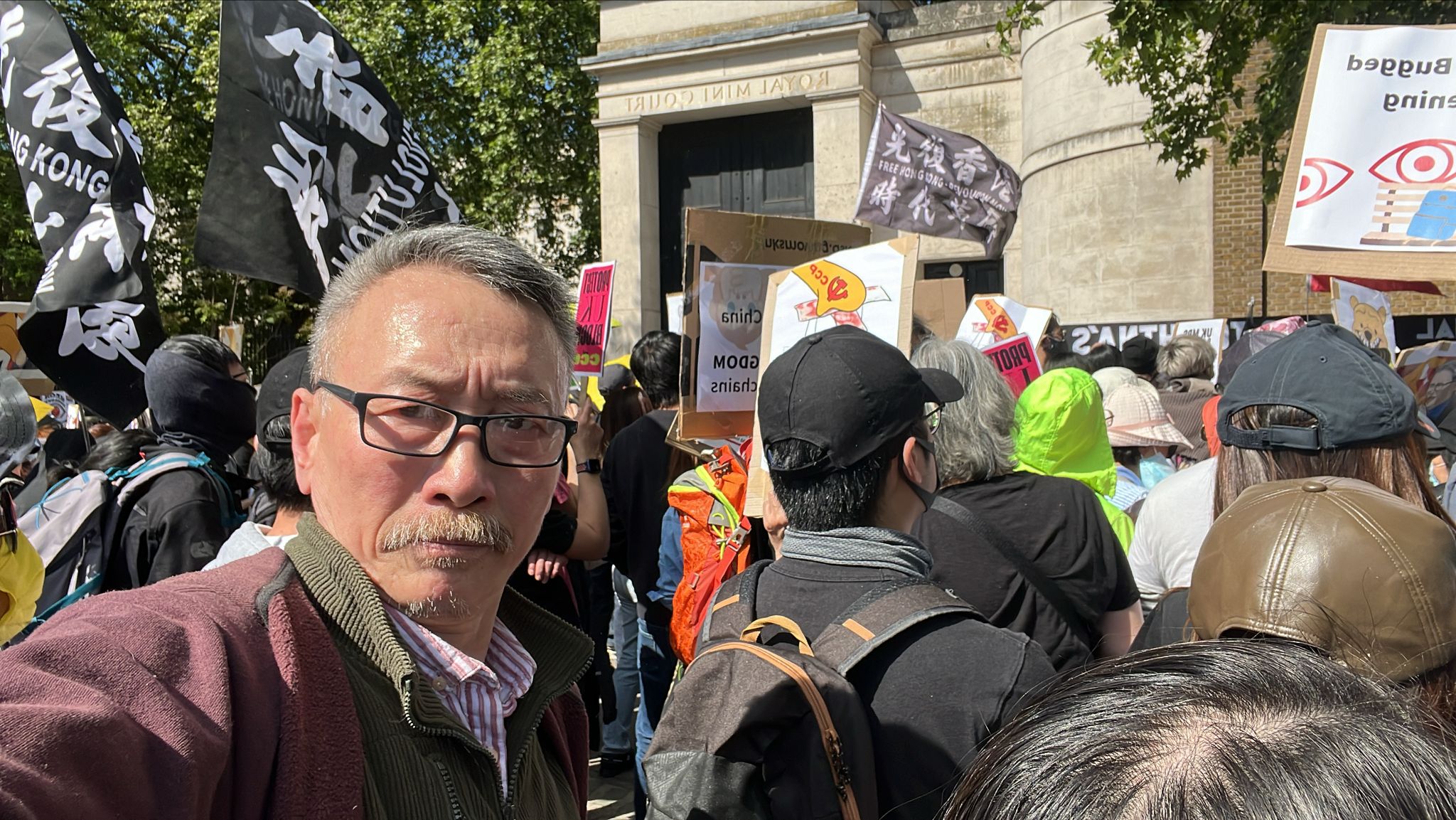
这是一个值得被正视的趋势。它挑战的不只是海外华人的处境,更是自由制度的边界。如果一个政权可以在别国土地上,借助合法外壳开展控制与渗透,那它侵蚀的,将不仅是一栋建筑所占据的空间,而是所在社会赖以维系的信任与制度根基。
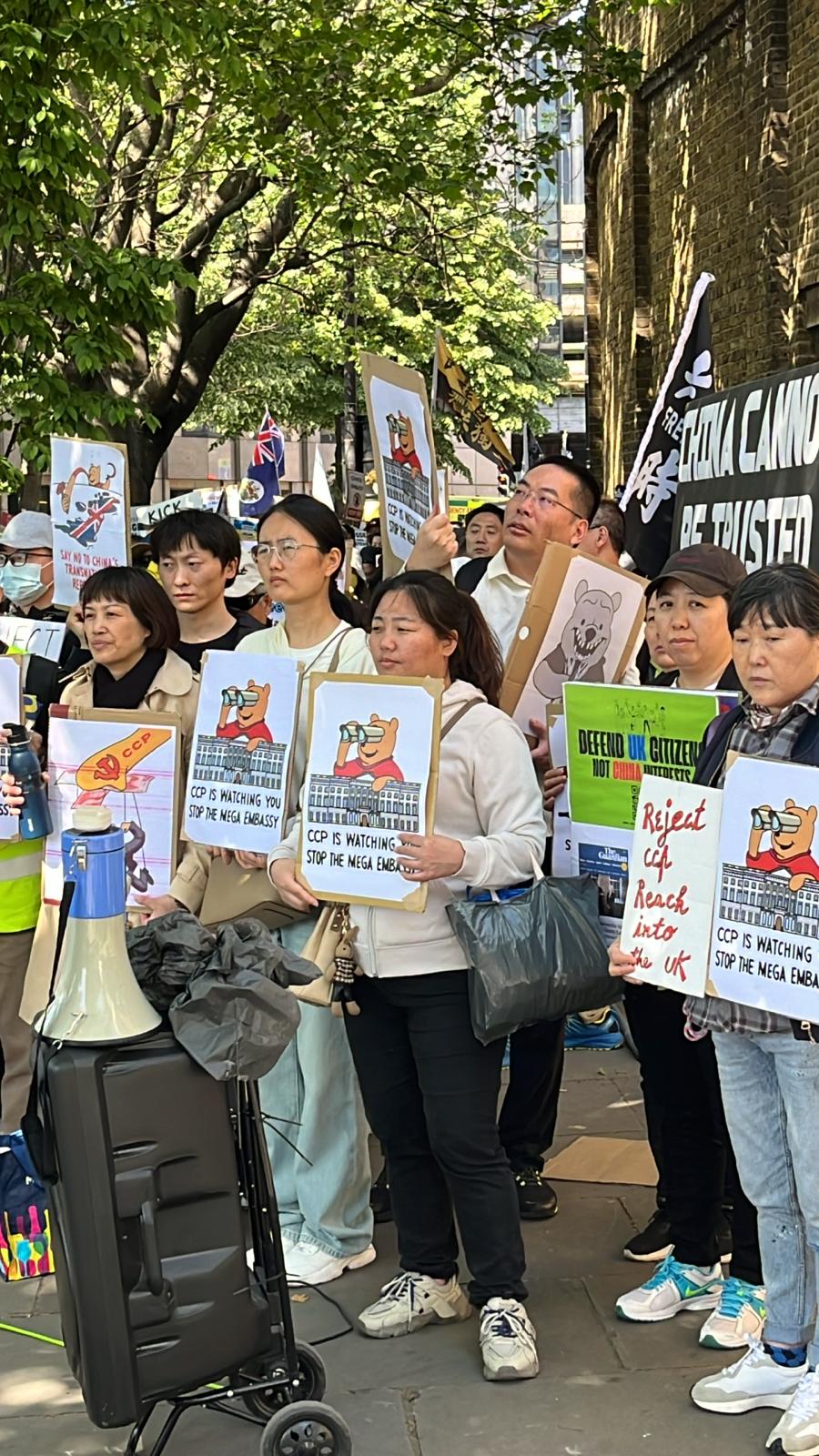
今天站在伦敦街头的人群,面对的不只是远方的政权,更是一个现实的问题:自由社会如何在看似合法的权力布局下,维护自身的核心价值。这种回应的开始,或许就是不再沉默。
Protest at the Royal Mint Court: A Necessary Response to Institutional Infiltration
On May 3, 2025, members of the China Democracy Party National Joint Headquarters (Overseas) (CDP) participated in a protest outside the historic Royal Mint Court in London, opposing the Chinese (CCP) government’s plan to build a massive embassy compound at the site.
Participants included CDP Chairman Ma Yinglai and Organization Minister Zhang Bin, who joined Hong Kong activists, Chinese dissidents, human rights groups, and British citizens to deliver a clear and firm message.
The protest route circled the perimeter of Royal Mint Court. It was peaceful and well-organized, with a visible and collective presence. Compared to previous static protests, this action significantly increased visibility and cohesion, showing the continuity and breadth of resistance.
The Chinese (CCP) government plans to transform the Royal Mint Court into a new embassy complex. The proposed structure is vast, closed-off, and heavily fortified. It includes multiple buildings, residential areas, high walls, and security systems. According to public sources, this would become the largest Chinese diplomatic facility in the world.
Although officially presented as a “diplomatic service upgrade,” many observers believe the embassy’s purpose goes far beyond diplomacy. For those familiar with the CCP’s governing model, such projects often serve not only as diplomatic sites, but as tools for united front work, surveillance, and transnational pressure.
CDP Chairman Ma Yinglai stated at the protest:
“We are not protesting a building—we are protesting what that building represents. The CCP has long exported its methods of surveillance, pressure, and authoritarian control abroad. If we remain silent in the face of such projects, we are effectively allowing authoritarianism to infiltrate free societies.”
He added:
“This is not about diplomatic protocol. This is a challenge to democratic principles. People living in democratic countries have every right to question such politically charged diplomatic constructions.”
Organization Minister Zhang Bin said:
“Having experienced the CCP’s system of control firsthand, we know exactly how such institutions operate domestically. Abroad, they are rarely just administrative offices—they often function as data-gathering and political pressure platforms. That’s why we must stay vigilant.”
In addition to exiles and activists, many local British citizens joined the protest. They expressed concern over the project’s lack of transparency, excessive enclosure, and impact on public space. Previously, local residents had launched petitions demanding a halt to the project and a broader public hearing.
Several UK media outlets reported on the protest, and public debate has intensified. Some members of Parliament also questioned the project publicly, urging the government to address community concerns and ensure that diplomatic channels are not used to export authoritarian systems.
The protest itself was simple—but the issue it confronted runs much deeper than one construction site. As the CCP accelerates internal control, it also seeks to extend its system abroad, using embassies as conduits of institutional projection.
This trend must be taken seriously. It doesn’t just affect Chinese communities overseas—it tests the boundaries of free societies. If a regime can operate on foreign soil under the protection of legality, it erodes not only physical space, but also the foundations of institutional trust.
The people who stood on the streets of London were not just facing a distant regime—they were responding to a real and present question: how can free societies defend their core values in the face of seemingly lawful power structures? Perhaps the first answer is: do not remain silent.
Comments
Post a Comment